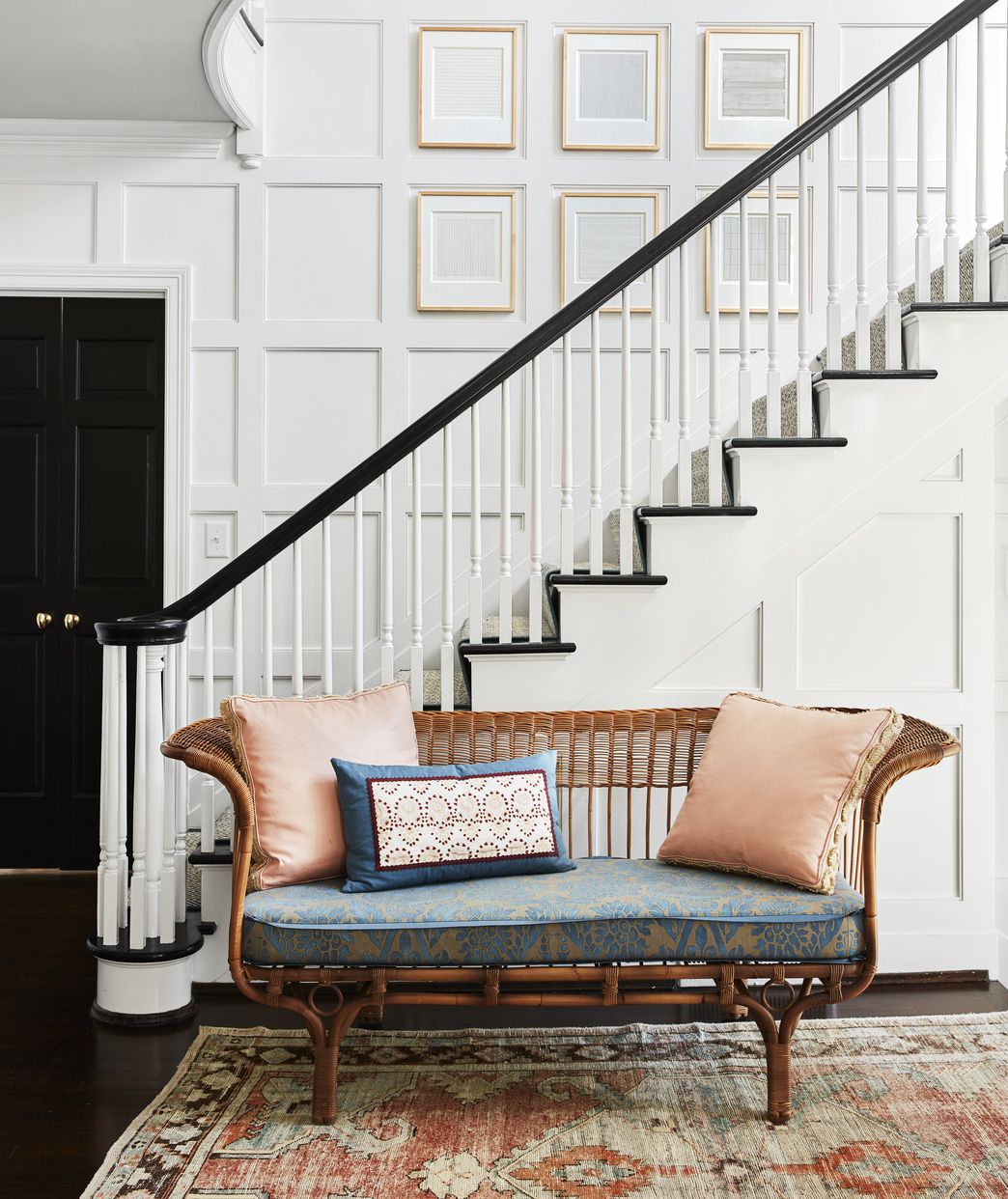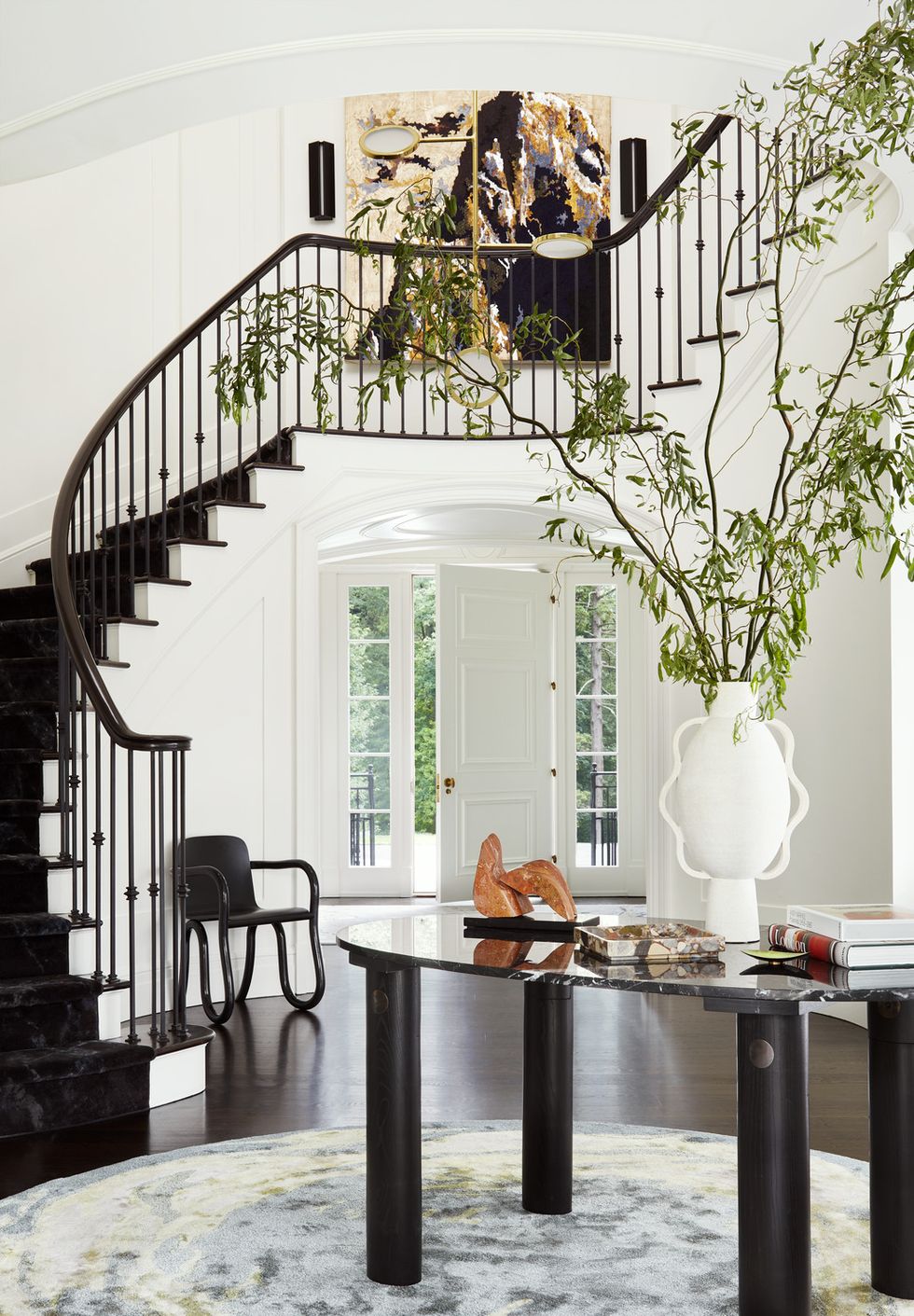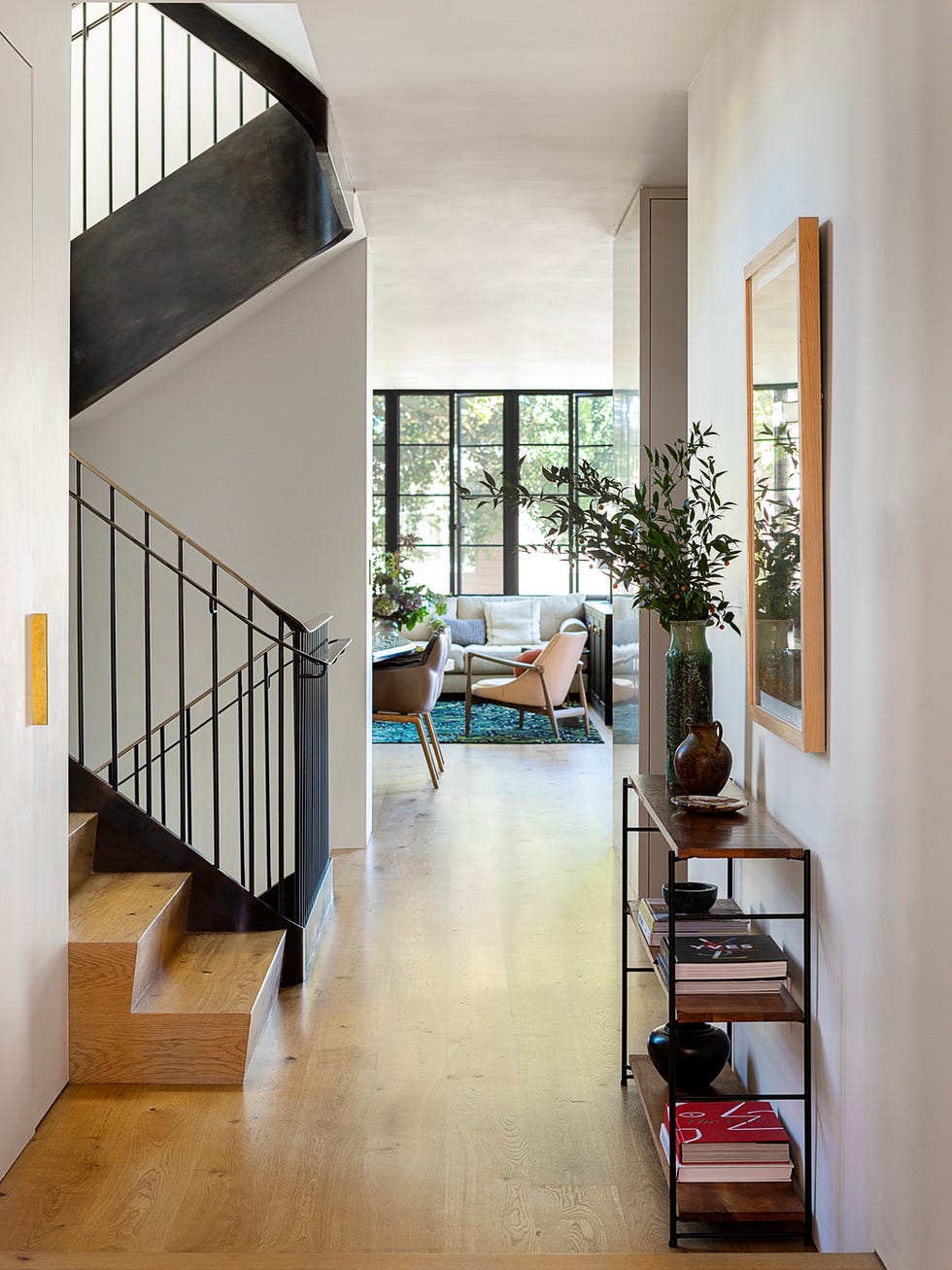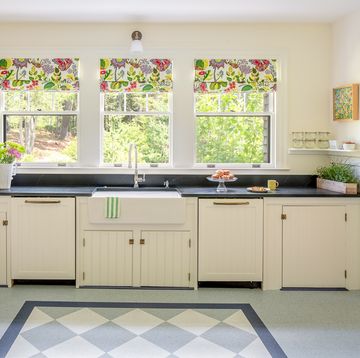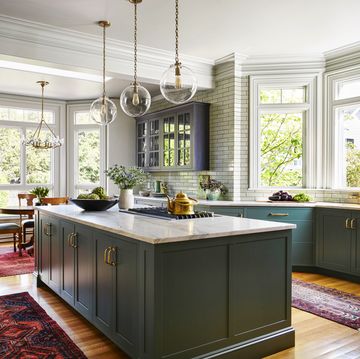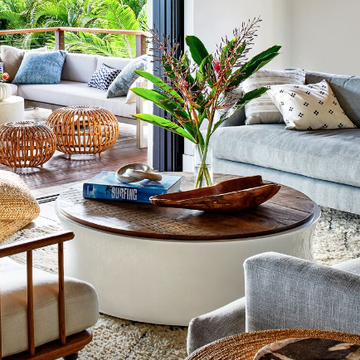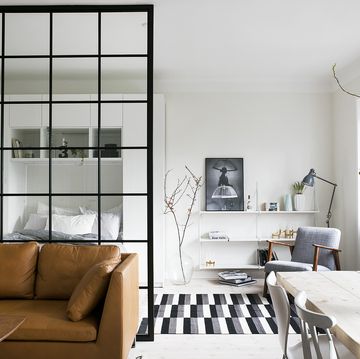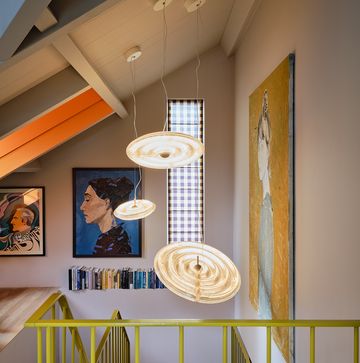It’s like an age-old riddle: What’s tall and sturdy and something you lean on every day? If you guess a balustrade, you’d be right—but that’s probably not the first thing that came to your mind. The reason? Though the fancy phrase actually indicates one of the most integral parts of your staircase, there aren’t many of us that actually know what the term encompasses—or all the ways you can personalize your balustrade to make it your own. The good news? That ends now, with our quick lesson on everything you need to know about this staircase essential.
What is a balustrade?
In the simplest terms, a staircase balustrade is a row of small posts that are supported and joined together as a unit by a railing. The structure has a long history in ancient architecture, dating back to the 13th and 7th centuries BC when its likeness first appeared on murals depicting Assyrian palaces. By the time the 10th century rolled around, balustrades made of stone, wood, or marble were commonly seen on staircases, balconies, terraces, and more.
What parts make up a balustrade?
Though it sounds super fancy (the phrase is derived from Italian, after all) a balustrade is made up of several common staircase parts you may be more familiar with—you may even use several of these phrases interchangeably to reference your staircase—but now you’ll be able to talk the talk even better.
A balustrade is made up of the following elements:
Handrail
A handrail (also called a banister), which is what you hold onto as you climb or descend a staircase. It provides much-needed stability and can appear on one or both sides of a residential staircase.
Baluster
A baluster refers to the vertical poles onto which the handrail is affixed. They act almost as a “guard rail,” preventing people (and objects) from falling off the side of the staircase. Balusters are also often referred to as spindles and can be a great place to add an element of design to your staircase to better suit your personality or the style of your home.
Newel
The phrase balustrade can also include the newel posts as well. Located at the very top and bottom of your staircase, a newel refers to a thicker support piece that bookends your handrail and balusters to anchor the staircase into the rest of your home.
What does a balustrade do?
In modern architecture and design, balustrades offer a chance for decorative personalization and act as an important safety measure, preventing anyone who is utilizing a staircase, terrace, or balcony from toppling over the edge. Like other structurally important elements of a home or building, balustrades are subject to code requirements, which often dictate not only how far apart the balusters are spaces (typically 4 inches or less) but also how tall the railing itself needs to be. Translation: If you’re doing any work on a new or old balustrade, you'll want to look into these code stipulations before beginning so you don’t create a beautiful balustrade that will be entirely voided by current rules and regulations.
How can I personalize my balustrade?
Here’s the great news: there are practically endless ways you can personalize the elements of your balustrade to better reflect your decor preferences and home’s architecture. Choose a style of baluster that mirrors elements of your decor, like turned wood for a Colonial home or streamlined metal posts for a modern abode. Your handrail also offers an opportunity for personalization, from traditional stained oak to thick sailor's rope in a beach house.
